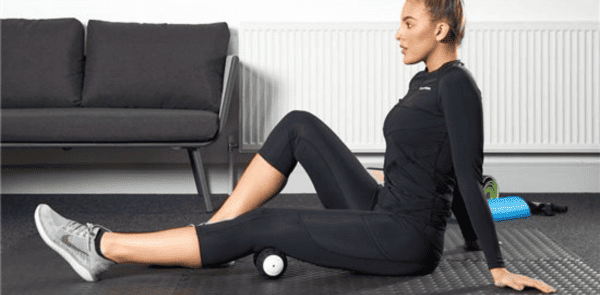If you’ve ever wondered about the magic behind those small yet powerful spheres, you’re in the right place. Whether for muscle tension release or well-being enhancement, massage balls can be game-changers. But the question is: how do you harness one properly? In this blog, we’ll provide practical tips and techniques for effective use, so keep reading!
What is a Massage Ball?
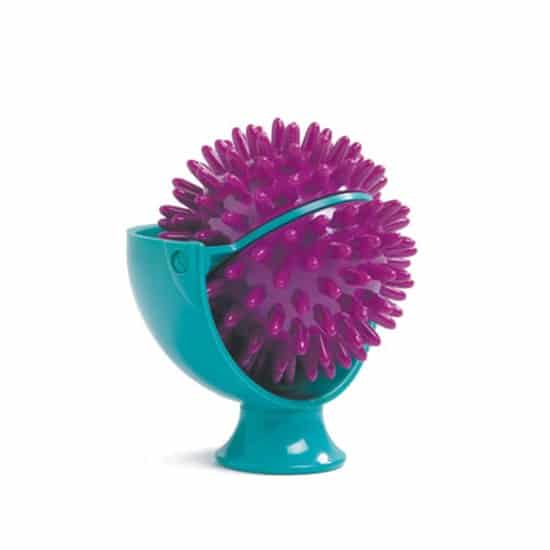
A massage ball, a versatile self-massage tool, is designed to alleviate muscle tension. Comprising various materials (e.g. rubber, foam, or silicone), these spheres come in different sizes and densities. The main idea is to apply focused pressure to certain body areas. It basically mimics the benefits of a deep tissue massage. This simple yet effective tool is excellent for:
- promoting circulation
- reducing muscle soreness
- improving flexibility
In the market, there’s a wide range of roller balls, each designed for different preferences and needs. From textured to smooth surfaces, large to small sizes, knowing these options helps you pick the most suitable massage ball.
How to Use a Massage Ball
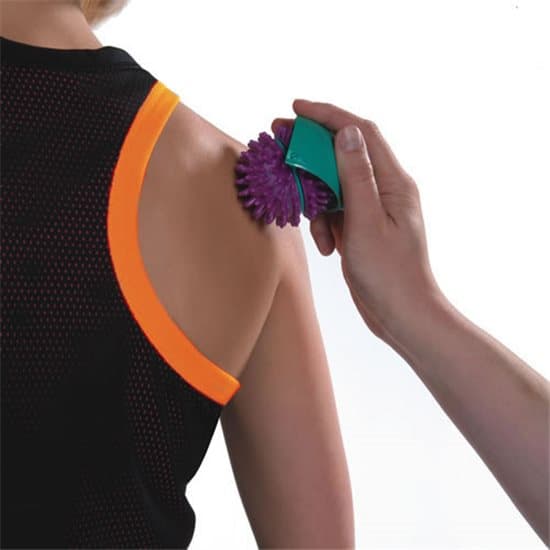
Unlock the secrets of effective self-massage with our step-by-step guide and tips:
- Start with a warm-up: Begin with light movements or a warm compress. This will help prepare your muscles for massage ball therapy.
- Select the right massage ball: Choose a ball size and density suitable for the targeted body part. Softer balls, such as a spiky ball massage, are ideal for beginners.
- Target the neck and shoulders: Place the massage ball roller between your neck and a wall. Roll gently to ease tension. For shoulders, lie on your back and place the ball beneath, moving it in circular motions.
- Focus on the back: While seated or against a wall, position the ball on specific areas of your back. Apply gentle pressure and rolling for relief.
- Ease leg and foot discomfort: Sit or lie down, placing the ball under your feet or thighs. Roll the ball to alleviate tension in these areas.
For beginners
- Start with lighter pressure and gradually increase as your muscles adapt.
- Take breaks between sessions to avoid overstimulation.
- Experiment with different positions to find what works best for you.
Common mistakes to avoid
- Applying excessive pressure causes discomfort or bruising.
- Neglecting to breathe deeply and relax during the massage.
- Rolling too quickly; maintain a slow and controlled pace for effectiveness.
By following these steps and tips, you’ll unlock the full potential of massage ball therapy.
Targeted Techniques and Exercises
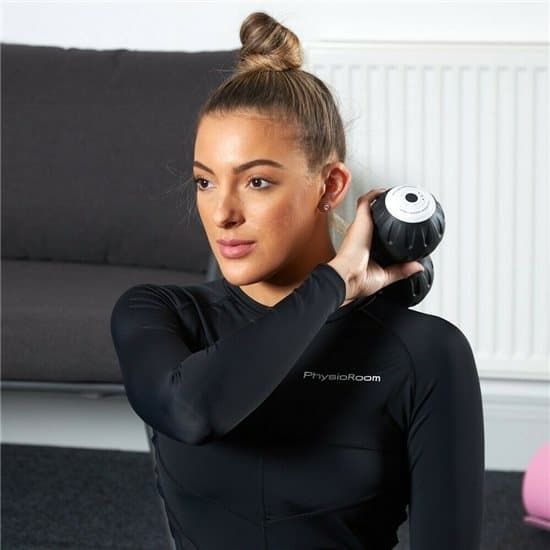
Dive into targeted relief with these methods for your neck, back, shoulders, and feet:
- Neck and shoulders: Against a wall, place the massage ball at the base of your skull. Gently roll side to side to alleviate tension in the neck and shoulders.
- Back release: While lying on the floor, position the ball beneath your upper back. Roll slowly, focusing on areas with tightness or discomfort.
- Shoulder blades: Sit against a wall with the ball between your back and the wall. Move the ball around the shoulder blades, applying gentle pressure for relief.
- Feet and arch support: Sit or stand, placing the ball under your foot. Roll the ball from heel to toe, targeting the arch and relieving tension.
Experiment with these techniques, adjusting the intensity based on your comfort level. Incorporate deep breathing to enhance relaxation. Consistent practice of these targeted massage ball techniques works wonders. It can provide relief, reduce muscle tightness, and contribute to your overall well-being.
Safety Precautions
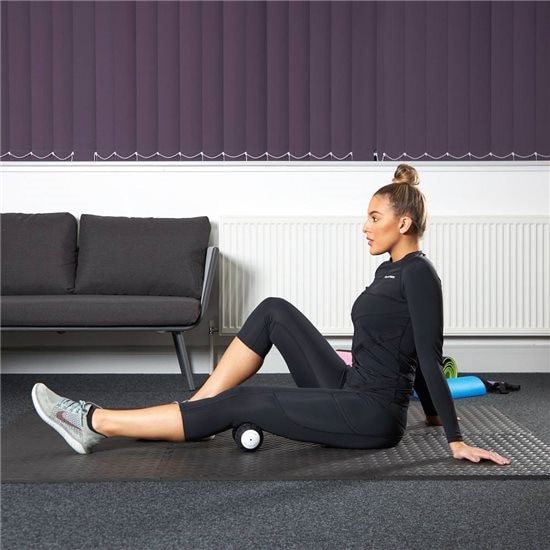
When incorporating massage balls into your routine, it’s crucial to prioritise safety. Follow these important considerations and precautions:
Moderate pressure:
- Avoid excessive pressure to prevent bruising or discomfort.
- Gradually increase pressure as your muscles adapt.
Targeted areas:
- Focus on muscle areas, avoiding bony prominences or sensitive joints.
- Be cautious around the spine and neck, applying gentle pressure.
Individual comfort:
- Adjust the intensity based on your comfort level.
- If you experience pain or discomfort, discontinue use in that area.
Hydration:
- Ensure proper hydration, as massage can release toxins that need to be flushed from the body.
Avoid using massage balls in areas with recent injuries or surgeries. Consult with a healthcare professional before incorporating them into your routine. Individuals with conditions like osteoporosis or circulatory disorders should seek guidance before use. Exercise caution during pregnancy, avoiding abdominal and lower back areas. Again, consult with a healthcare provider for personalised advice.
Always listen to your body. If you have any health conditions, seek the opinion of a medical professional prior. Your well-being is paramount, and their guidance ensures a safe and effective experience.
Round-up
Using massage balls for self-care can greatly improve your well-being. Learn the techniques for different body parts. But remember, always be cautious and seek advice from healthcare professionals when needed. These simple tools can bring relaxation and muscle relief. Make them a part of your routine for a holistic and healthy lifestyle!
Physioroom offers a range of trigger point massage balls, including a massage stick. Don’t miss the opportunity to discover these effective tools!
Up next on your reading list: What Is a Massage Ball?


